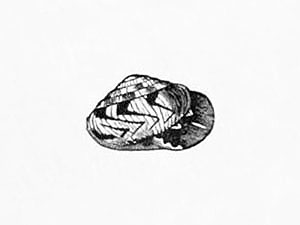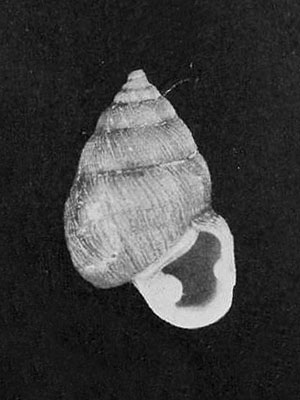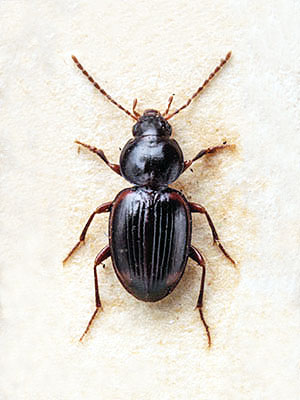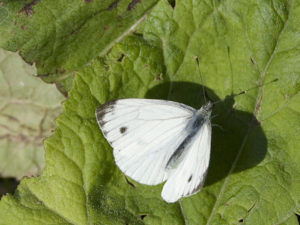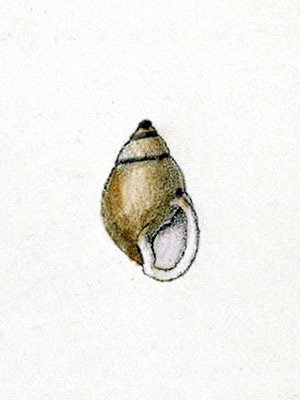A population of some sort of blue pigeons, which are otherwise known from several islands and island groups within the Indian Ocean, may once have existed on the Farquhar Islands, a group of three smaller atolls that belong to the outer islands of the Seychelles; this can be taken from an old account.:
“Jean de Nova i. e. Farquhar and Providence … like the Amirates, Coetivy and Alphonse are the resort of Millions of Birds of which, the Frigate Bird, the Fou, a beautiful small white gull, a variety of various coloured Gannet, and the Tropic Bird are the principle: In S. Pierre and Providence a species of small blue pigeon are in great abundance, and so seldom disturbed that they do not fly at man’s approach, but are knock’d down with Sticks, we found them excessively good eating, these birds build and nest on the Mapou tree and other Dwarf trees which cover the surface of the islands …” [1]
***
These birds may have been identical to the Seychelles Blue Pigeon (Alectroenas pulcherrimus (Scopoli)) (see photo), or, probably more likely, might have represented a distinct taxon.
*********************
References:
[1] D. R. Stoddart; C. W. Benson: An old record of a blue pigeon Alectroenas species and sea-birds on Farquhar and Providence. Atoll Research Bulletin 136: 35-36. 1970
*********************

Seychelles Blue Pigeon (Alectroenas pulcherrimus)
Photo: Adrian Scottow
https://creativecommons.org/licenses/by-sa/2.0/
*********************
edited: 10.08.2022

